Why no 'Hidden' junction boxes?
hookoodooku
17 years ago
Related Stories

DECORATING GUIDESUncover Your Junk's Hidden Decorating Potential — Scads of DIY Ideas
Release your typewriter's inner planter or a drum set's coffee table. These creative ideas will have you seeing the possibilities
Full Story
STORAGEUncover Hidden Storage Space in Your Hallway
These 13 creative space-saving solutions will make your life easier
Full Story
REMODELING GUIDESOne Guy Found a $175,000 Comic in His Wall. What Has Your Home Hidden?
Have you found a treasure, large or small, when remodeling your house? We want to see it!
Full Story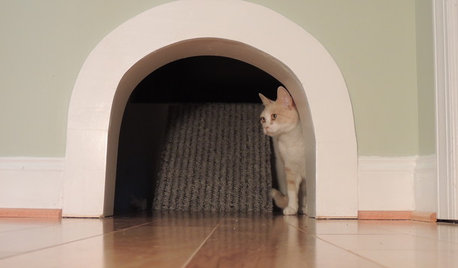
PETS15 Design-Friendly Places to Hide the Cat Litter Box
Built-in solutions include putting it in a cabinet, under the stairs, behind a wall and inside a window seat
Full Story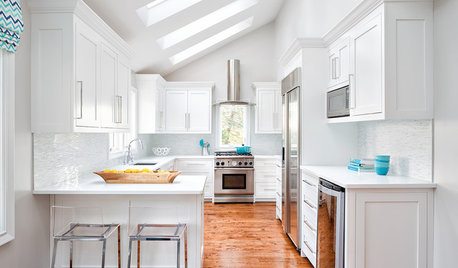
ORGANIZINGThe Case for Hidden Storage
Imagine how much more peaceful your home would feel with cleared surfaces. And that’s just one reason to stow your supplies
Full Story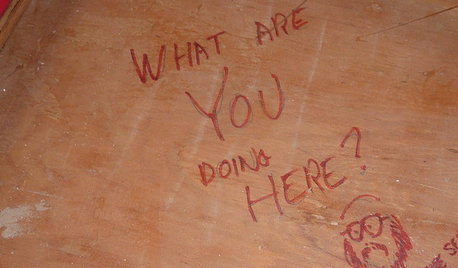
FUN HOUZZDoes Your Home Have a Hidden Message?
If you have ever left or found a message during a construction project, we want to see it!
Full Story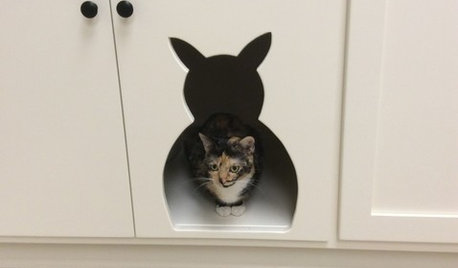
PETSReaders Share Options Galore for Cat Litter Boxes
Houzzers recommend their cat box solutions and customized hacks
Full Story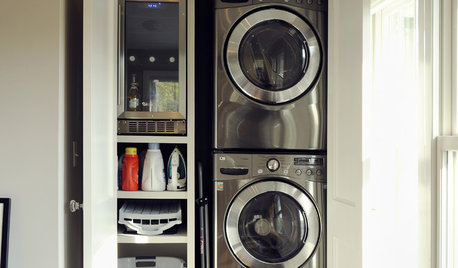
STORAGEHidden in Plain Sight: 10 Cleverly Closeted Home Spaces
Tuck your home office, wine collection or even your entire kitchen behind closed doors for all of the function and none of the clutter
Full Story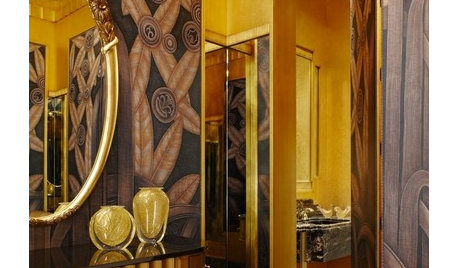
FUN HOUZZSecret Passages and Hidden Spots
What's behind that door — a bar, bath, laundry room or loo?
Full StoryMore Discussions









doc8404
bus_driver
Related Professionals
Eagan General Contractors · Boardman General Contractors · Browns Mills General Contractors · Coffeyville General Contractors · Erlanger General Contractors · Florham Park General Contractors · Great Falls General Contractors · Haysville General Contractors · North New Hyde Park General Contractors · Palestine General Contractors · Plano General Contractors · Port Washington General Contractors · Tabernacle General Contractors · Downers Grove Solar Energy Systems · San Pablo Home Automation & Home Mediatom_o